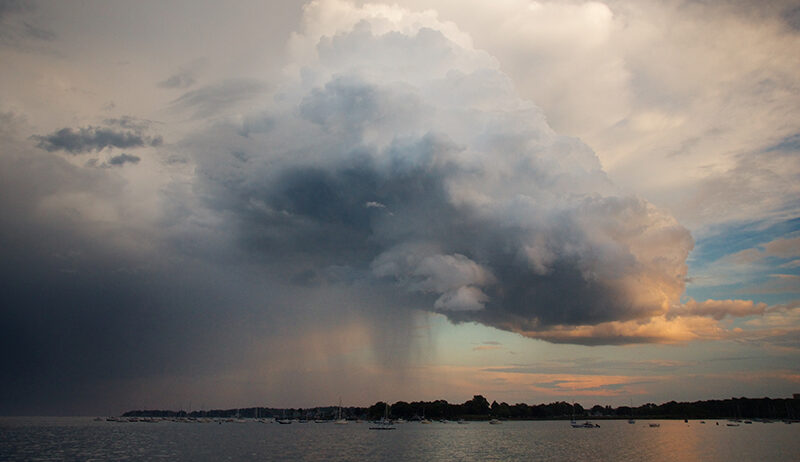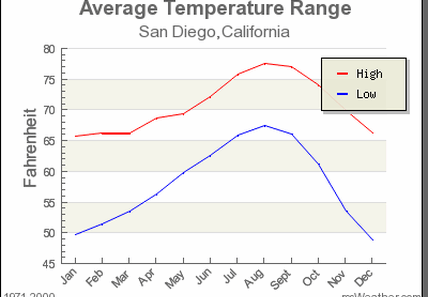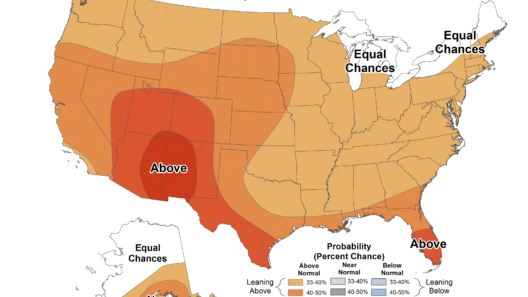Understanding the intricate dance between climate and weather is essential for anyone concerned about our planet’s future. While the terms are often used interchangeably in conversation, they signify distinct phenomena that have profound implications for the environment. The definitions themselves are merely the tip of the iceberg; beneath the surface lies a rich interplay of elements that shape our daily lives and the world at large.
To begin, let’s define the terms. Weather refers to the short-term atmospheric conditions in a specific place at a particular time. This includes temperature, humidity, precipitation, wind speed, and visibility. For instance, when a meteorologist reports that it is a sunny 75°F with minimal wind in Beverly, MA on a Tuesday afternoon, they are describing the weather. This snapshot can change from hour to hour—clouds may roll in, transforming that sunny day into a downpour by evening.
Conversely, climate is the long-term average of weather patterns over an extended period, typically 30 years or more. It encompasses the typical range of temperatures, humidity, and precipitation one can expect in a particular region or across the globe. For example, Beverly, MA, experiences a humid continental climate characterized by cold winters and warm, humid summers. This systemic approach allows scientists to analyze fluctuations and trends over time, facilitating predictions about future conditions.
One might pose the question: what do climate and weather share? At their core, both are products of the same atmospheric and environmental systems. They originate from the interplay of solar radiation, the Earth’s rotation, and geographic variations such as mountains, valleys, and bodies of water. These factors influence air masses, which in turn drive both daily weather variations and the trends seen over decades.
Moreover, climate and weather are inextricably linked through feedback loops. For instance, an increasing global temperature—a hallmark of climate change—can alter weather patterns significantly. Warmer temperatures may lead to increased evaporation, potentially resulting in more intense rainfall events in certain regions, while simultaneously causing droughts in others. This is where the distinction becomes critical. While today’s weather might point to a brief surge of heat, it is the climate that reveals the alarming trend of escalating temperatures over decades.
Events commonly attributed to weather, like snowstorms or atypically hot spells, can often mask broader climatic shifts. An extreme cold snap might prompt some to dismiss the concept of climate change, failing to recognize that climate encompasses an intricate mosaic of patterns and averages. Just as one thunderstorm does not negate the presence of a longstanding drought, a single frigid day does not invalidate a warming climate. This is an essential perspective shift that every individual must appreciate to grasp the urgency of our environmental challenges.
Another shared aspect worth noting is the impact of human activity. Both climate and weather are influenced by anthropogenic factors, such as greenhouse gas emissions, deforestation, and land use changes. Weather phenomena like hurricanes and heat waves can be exacerbated by climate change, leading to catastrophic consequences for ecosystems and human societies alike. The frequency and intensity of these events have surged in recent years, prompting urgent calls for action from scientists and activists worldwide.
Though there are overlaps, areas of divergence remain prominent. One of the most glaring differences is the timescale of each. Weather can be forecasted with a degree of accuracy over the short term—days or weeks at most—while climate projections extend to decades or centuries. This long-term view allows climatologists to make inferences about potential future scenarios, under different emissions pathways, that are imperative for policy making and resource management.
The methodologies employed in studying weather and climate also diverge significantly. Meteorologists rely on data collection from satellites, radar systems, and ground-based stations to analyze immediate atmospheric conditions. Conversely, climate scientists analyze historical data extracted from ice cores, tree rings, and sediment layers to interpret long-term trends, making their predictions reliant on statistical models that account for various factors over time.
Visual aids often play a pivotal role in helping to delineate these concepts. Weather maps, with their colorful fronts and symbols, provide an immediate, captivating glimpse of atmospheric dynamics. In contrast, climate infographics present data spanning decades, painting a more sobering picture of shifts in global temperatures and weather patterns. Such visualizations can evoke ecological urgency, urging society to comprehend the long-term consequences of inaction.
In conclusion, understanding climate versus weather not only refines our comprehension of meteorological phenomena but also amplifies our awareness of the stakes involved in climate change discussions. While weather can shape daily experiences, climate governs centuries, influencing ecosystems, human health, and socio-economic structures. It beckons us to take action, promoting a more sustainable coexistence with our planet.
By fostering curiosity and shifting perspectives, we can advocate for informed conversations about how to tackle climate-related issues effectively. The more we dissect these subjects, the better equipped we become to address the challenges ahead—ensuring a healthier environment for generations to come.







